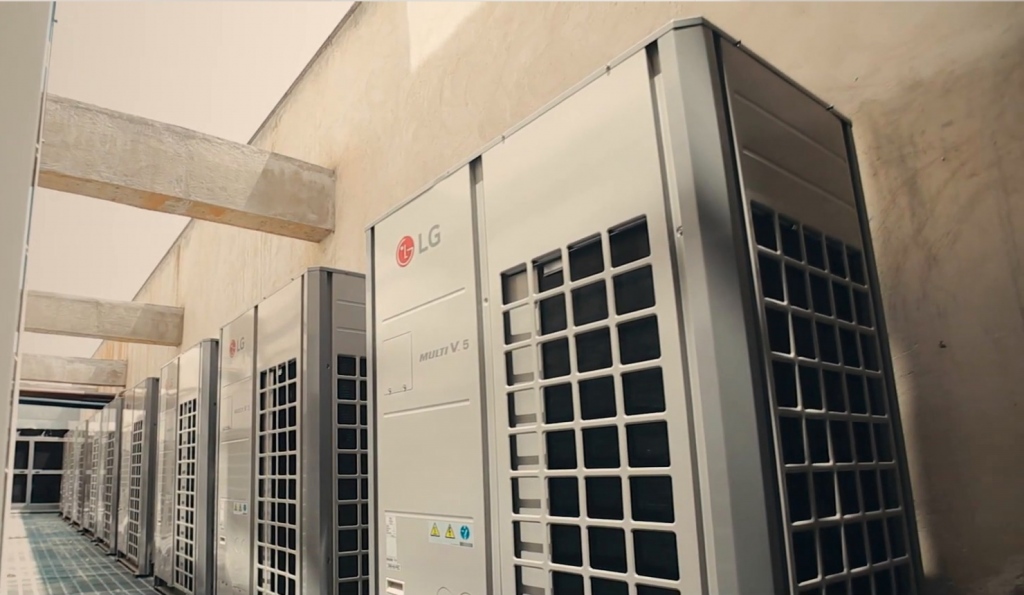
Healthcare Facilities Among The Buildings Seeing The Biggest Changes As A Result Of Covid-19 Pandemic
While the global COVID-19 pandemic overwhelmed almost every industry sector, the healthcare field in particular learned some valuable lessons for the future. For example, less than 20% of public hospitals in Australia were equipped with the specialized Intensive Care Units (ICU) required for caring for the most critically ill patients, according to IBISWorld report. Meanwhile, in the United Kingdom, NHS England confirmed that up to 20% of affected patients in some hospitals became infected while they were being treated for other diseases.
This drew attention not only to how to combat airborne respiratory illness, but also the role of hospitals in preventing their spread. The pandemic outbreak posed a significant challenge for healthcare facilities, and for many, the post-COVID-19 era is going to look quite different as a result. So, what will healthcare facilities be like after the pandemic, and how can hospitals prepare for the new normal? Changes are taking place in both spatial and management aspects.
Changes made in spatial aspects
The increasing adoption of telehealth will accelerate change in space use. According to a survey by McKinsey, consumer adoption of telehealth in the United States skyrocketed from 11% in 2019 to 46% during the pandemic. In addition, Updox, a virtual care communication company, found that out of 2,000 US adults, 51% would continue using telehealth services even after the pandemic.
Another key spatial change to be made is in line with the expansion of a negative pressure room. Building negative pressure rooms is an important consideration for healthcare facilities that wish to create pandemic-ready areas. A negative pressure room can keep the inside-air pressure lower than the surrounding environment, which helps to isolate the virus and reduce the risk of infection.
Hospital General de Latacunga in Ecuador, for example, has a negative pressure room equipped with LG Electronics solutions to allow effective zone pressure control. Multi V, LG's Variable Refrigerant Flow (VRF) system, is connected with an Air Handling Unit (AHU) that is fitted with a High-efficiency Particulate Air (HEPA) filter that removes 99.97% of all airborne particles down to 0.3μm in size with MERV 17, conforming to global standards. This combination re-conditions and circulates air, maintaining the most stringently hygienic environment.
Changes made in management aspects
In the meantime, transformation also needs to be made in management aspects. Indoor air quality – which has always been a top priority for healthcare facilities – has become even more critical in light of pandemic. The American Society of Heating, Refrigerating and Air-Conditioning Engineers (ASHRAE) has stated that changes to building operations, including the operation of heating, ventilating, and air-conditioning systems, can reduce airborne exposure to the virus.
Hospital air conditioning plays a more pivotal role than just promoting comfort. Effective HVAC solutions not only provide comfortable temperature and humidity levels, but also collect pollutants and draw air through the filtering element. LG’s Multi V indoor units are a prime example. Equipped with a four-step air purification filter, the Multi V removes up to 99.9% PM 1.0 ultrafine dust to maintain a more hygienic indoor air quality.
Improving cost-efficiency is another challenge healthcare facilities have faced in terms of managing their buildings during the unprecedented financial fallout caused by the pandemic. Maximizing energy efficiency is the key to reducing operating costs. Unlike many other commercial buildings, healthcare facilities operate 24 hours a day, 365 days a year. According to the U.S. Department of Energy, their energy use intensity is 2.5 times greater than commercial office buildings.
LG Electronics is working on offering the world’s best-in-class energy efficiency through innovative technology. For example, LG’s latest VRF system, the Multi V 5, features an Ultimate Inverter Compressor that increases cooling efficiency by 3% and heating efficiency by 10%, as compared to a conventional model. Its smart feature of switching on and off automatically when it senses the presence of a person also helps to optimize energy use.
“LG Electronics offers an optimal HVAC solution for healthcare facilities facing new challenges. We hope our solutions assist facilities owners and health professionals to better prepare for the new normal,” says Mr. Eddie Jun of Saudi Arabia CEO of LG Electronics. “We are closely monitoring the direction that healthcare systems and facilities are heading towards in order to proactively offer products that guarantee both exceptional comfort and greater energy-efficiency.”



























